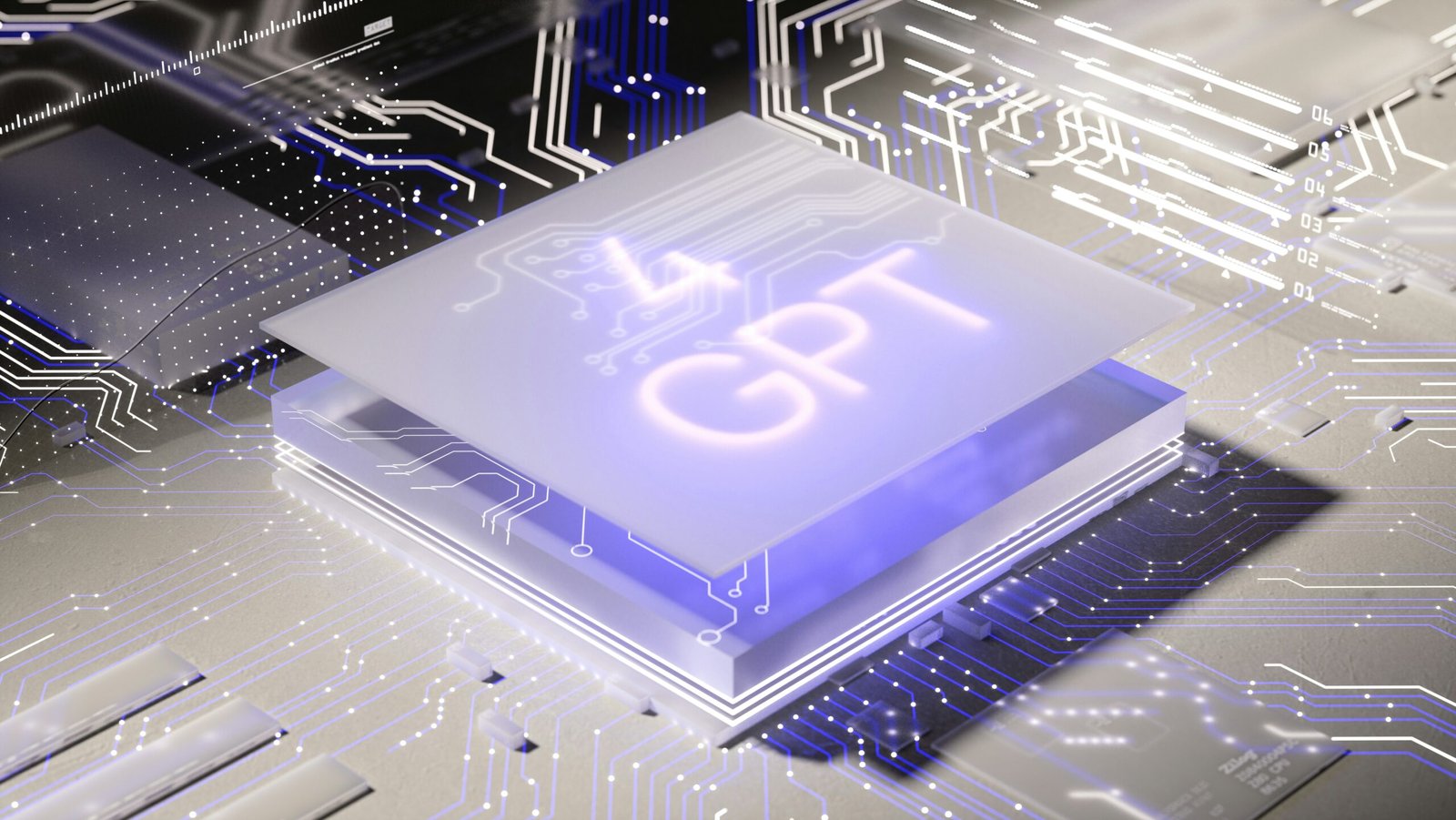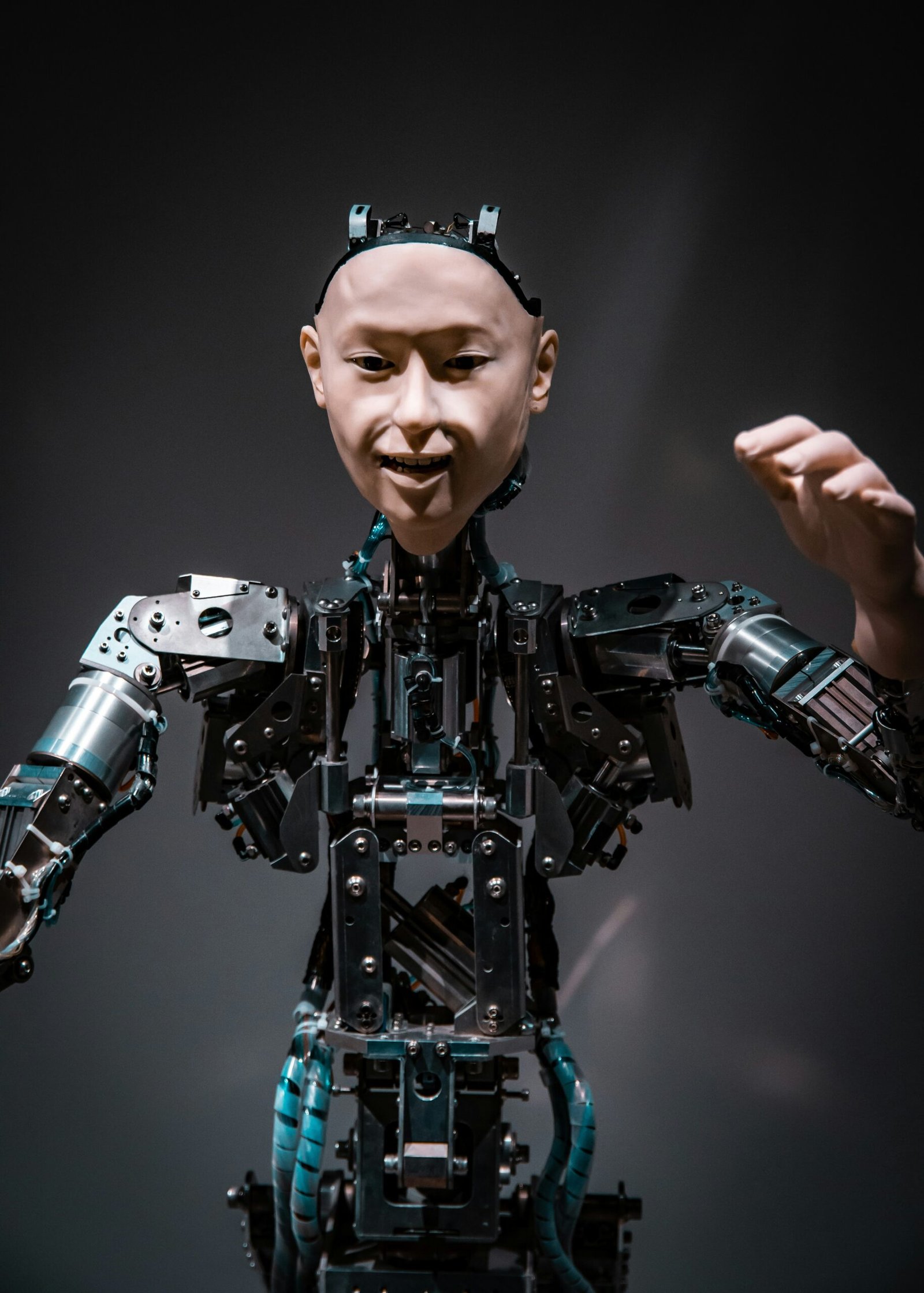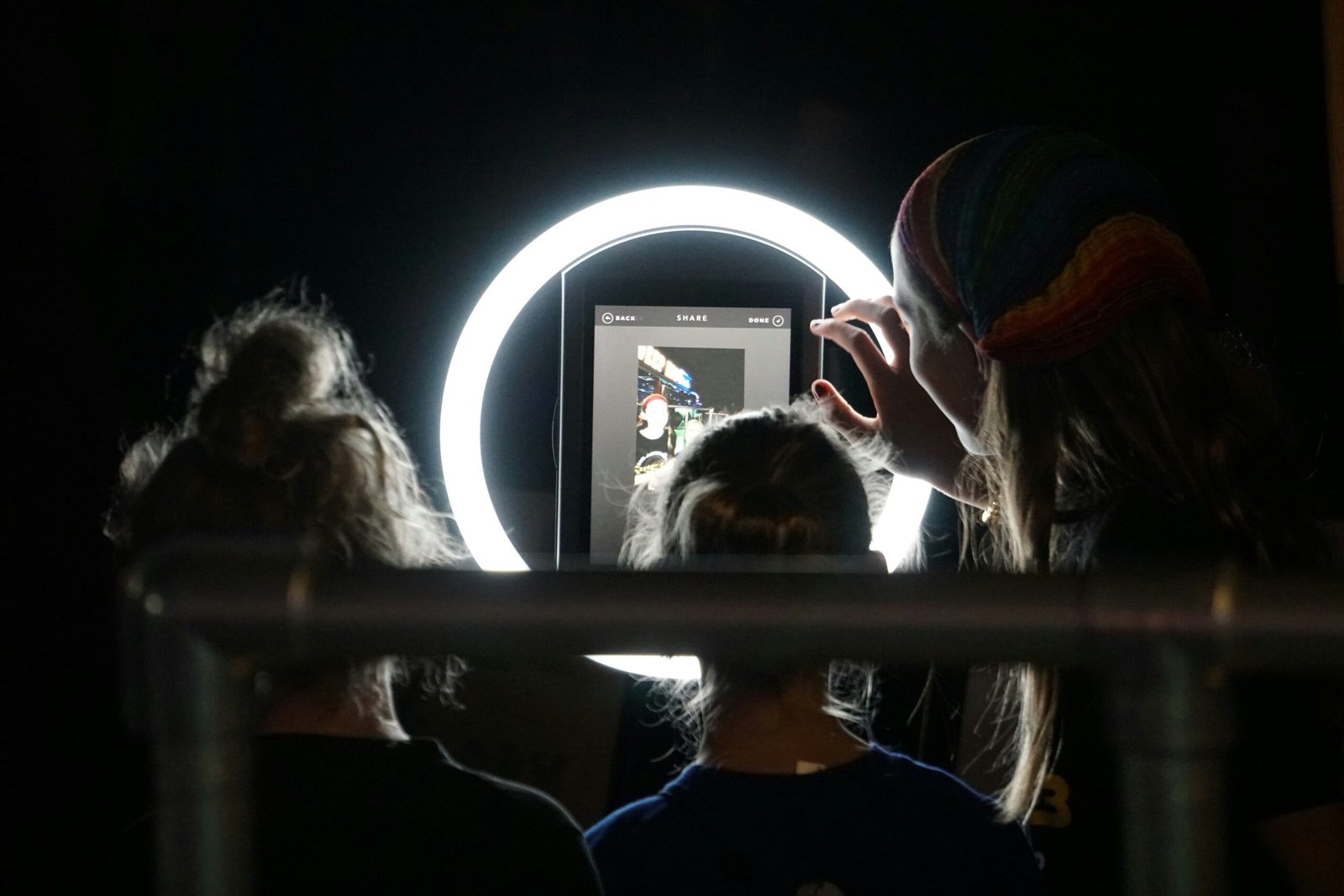Understanding the Rise of AI in the Workforce
Artificial intelligence (AI) has increasingly become an integral part of modern industries, revolutionizing the way businesses operate. From machine learning algorithms capable of analyzing vast datasets to advanced robotics performing intricate tasks, AI technology has made significant strides in recent years. These advancements are being leveraged to enhance efficiency, reduce operational costs, and boost overall productivity across various sectors.
In the manufacturing industry, AI-powered robots are transforming production lines by performing repetitive tasks with precision and speed. These robots can work around the clock, effectively increasing output while minimizing human error. For instance, automakers are utilizing AI to streamline assembly processes, leading to faster delivery times and reduced waste. Similarly, logistics companies are employing AI for route optimization and inventory management, ensuring timely deliveries and efficient resource allocation.
Customer service has also seen a profound impact from AI integration. Chatbots and virtual assistants, driven by natural language processing and machine learning, provide instant support to customers, handling queries and resolving issues with minimal human intervention. This not only improves customer satisfaction but also allows human agents to focus on more complex and value-added tasks.
Healthcare is another sector where AI’s influence is rapidly growing. Machine learning algorithms are used to analyze medical images and diagnose diseases with high accuracy, facilitating early intervention and treatment. AI systems are also deployed in hospitals to manage patient records, streamline administrative tasks, and even predict patient admissions, thereby optimizing resource allocation.
Statistical insights underscore the widespread adoption of AI. A report by PwC estimates that AI could contribute up to $15.7 trillion to the global economy by 2030. Case studies further highlight the tangible benefits of AI. For example, a McKinsey & Company analysis found that early AI adopters in various industries have seen a reduction in operational costs by at least 10% and an increase in productivity by 20-30%.
In conclusion, AI development is reshaping the workforce across multiple domains through advanced technologies and innovative applications, leading to substantial improvements in efficiency and productivity.
The Role of AI in Job Displacement
The advent of artificial intelligence (AI) has brought significant changes to the workforce, with a notable impact on job displacement. The primary reason behind job layoffs due to AI advancements is its capacity to perform tasks more efficiently and at a lower cost compared to human labor. Jobs that are repetitive, manual, and data-driven are most susceptible to automation. These include roles in manufacturing, data entry, customer service, and even certain aspects of medical diagnostics.
Technological unemployment, a term used to describe the loss of jobs caused by technological progress, is not a new concept. However, the current wave of AI-driven automation presents unique challenges. Unlike historical technological advancements that often led to job transformation and the creation of new industries, AI has the potential to completely eliminate certain job categories. For example, a 2017 report by McKinsey Global Institute projected that by 2030, up to 800 million jobs could be lost to automation globally, with a significant number of these being in the areas most affected by repetitive and manual tasks.
Expert opinions offer varied perspectives on the future trends of job displacement due to AI. While some believe that AI will create new opportunities and industries, others are more cautious, highlighting the need for a proactive approach to mitigate job losses. According to Carl Benedikt Frey and Michael Osborne from the University of Oxford, nearly 47% of total US employment is at risk of being automated in the next two decades. Conversely, tech visionary and entrepreneur Kai-Fu Lee argues that while AI will indeed displace many jobs, it will also give rise to new professions, particularly in fields that require human creativity and emotional intelligence.
In understanding the impacts of AI on job displacement, it becomes clear that society must prepare for significant changes in the labor market. Proactive measures, such as upskilling and reskilling programs, will be essential in helping workers transition to new roles and mitigate the adverse effects of AI-driven job layoffs.
The rapid advancement of artificial intelligence (AI) in various industries has brought about significant transformation, with one of the most pressing consequences being AI-induced job layoffs. The immediate and long-term socio-economic effects of these layoffs are profound, affecting individuals, families, and communities. Financial instability is often one of the first repercussions, as displaced workers face the loss of a steady income stream. The sudden absence of wages can lead to an inability to meet essential needs such as housing, food, and healthcare.
Beyond economic distress, the mental health challenges faced by individuals who lose their jobs due to AI are substantial. The uncertainty and stress of unemployment can lead to anxiety, depression, and other mental health issues. Families are not insulated from these impacts, experiencing heightened stress and potential strains on relationships as they adapt to a new economic reality. Communities, too, witness shifts in socio-economic status as local economies adjust to reduced consumer spending and increased reliance on social aid programs.
Businesses and economies are equally affected by AI-induced job losses. Companies that adopt AI technologies may see short-term gains in efficiency and productivity. However, the broader economy might experience strain on social security systems as more individuals depend on unemployment benefits and other forms of financial assistance. Economic disparities are further accentuated as workers in roles easily automated by AI—often lower-wage jobs—bear the brunt of layoffs, while those in less susceptible positions see fewer impacts.
Real-life examples underscore the human element of these layoffs. In manufacturing, for instance, the introduction of AI-driven robotics has rendered many traditional assembly line roles obsolete. Workers displaced by this automation face the need to reskill or switch industries entirely. Narrative accounts reveal the personal stories behind these statistical shifts, highlighting the emotional and psychological toll on affected workers.
Navigating these challenges requires concerted efforts from policymakers, businesses, and social organizations to mitigate the negative impacts and support those affected. By understanding and addressing the breadth of these consequences, we can create a more inclusive and resilient economic landscape in the age of AI.
Strategies for Mitigating AI Job Displacement
As artificial intelligence continues to evolve, its impact on the job market is undeniable, raising concerns about job displacement. However, several strategies can mitigate these challenges, ensuring both technological progress and workforce stability. One of the most effective approaches is prioritizing reskilling and upskilling programs. Continuous learning is crucial in today’s rapidly changing job landscape, equipping workers with new skills that align with emerging industries and technologies. By fostering adaptability, individuals can transition into new roles where human expertise is still indispensable.
Government policies and initiatives also play a vital role in supporting displaced workers. Provision of robust unemployment benefits and retraining grants can alleviate the immediate financial pressures faced by those who have lost their jobs due to AI advancements. Furthermore, job placement services can bridge the gap between displaced workers and new opportunities, guiding them towards industries with high demand for human labor. Incentivizing partnerships between educational institutions and industries can ensure that training programs are aligned with future job market needs.
Businesses are equally crucial in fostering a balanced transition towards a more AI-driven economy. By investing in employee development, companies can nurture a culture of continuous learning within their workforce. Ethical AI practices, such as transparency in AI decision-making and considering the societal implications of AI deployment, can reinforce public trust and ensure that AI advancements contribute positively to the broader community. Employers can create hybrid roles that combine human creativity and judgment with AI efficiency, thus preserving jobs while driving innovation.
Looking ahead, a forward-thinking approach that harmonizes AI advancement with job preservation is essential. A collaborative effort involving government, businesses, and the workforce can create a resilient economy where AI and human labor coexist symbiotically. By focusing on lifelong learning, supportive policies, and ethical practices, society can navigate the complexities of AI development and job displacement, ensuring sustainable growth and stability for future generations.



